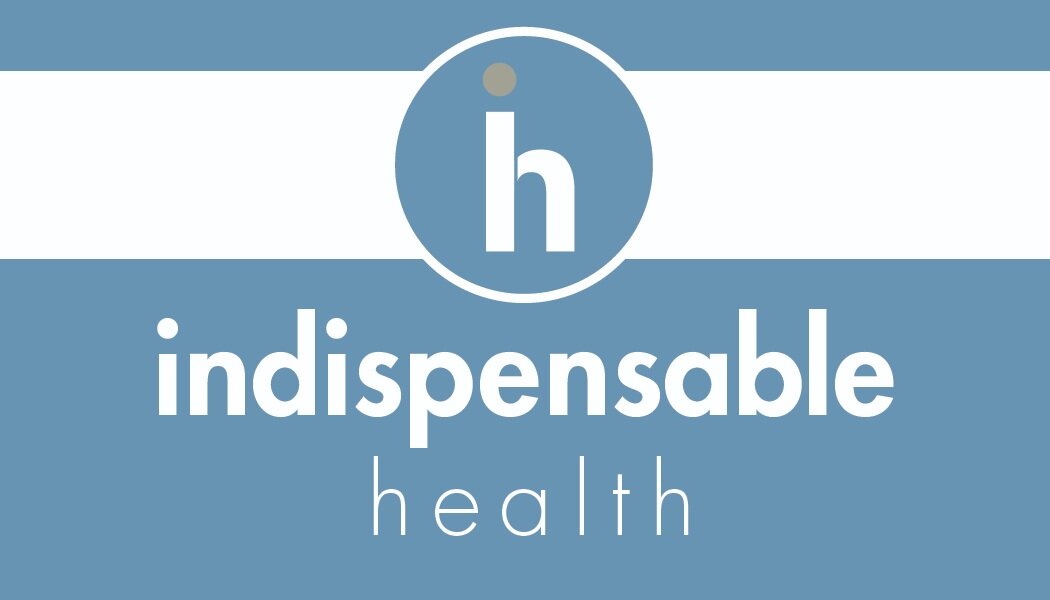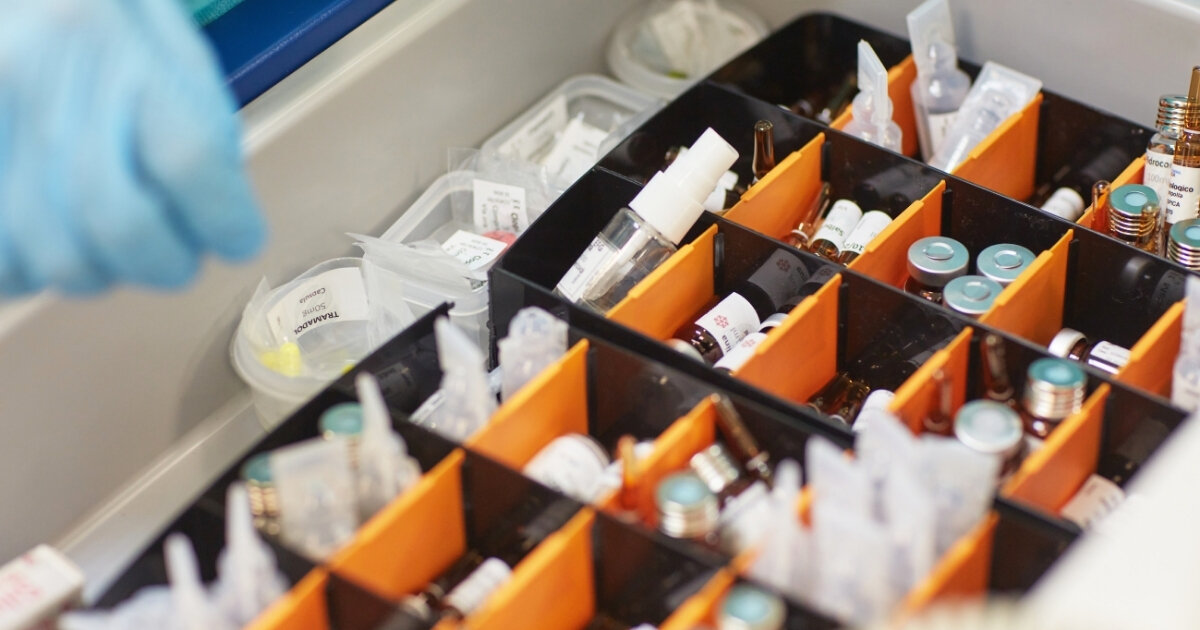Controlled Substance Inventory Regulations
DEA Regulations For Controlled Substances Within Healthcare Settings
The U.S. Department of Justice and the Drug Enforcement Administration (DEA) Regulate Controlled Substances Within Multiple Healthcare Settings
These regulations require every healthcare setting (acute care facility, pharmacy, outpatient surgery center, long-term care facility, distributor, manufacturer, etc.) to complete a biennial controlled substance inventory.
Biennial Controlled Substance Inventory Needs to be Completed
When The Facility With Controlled Substances Opens
Every Two Years From The Last Controlled Substance Inventory Date
Whenever There’s A Change In The Pharmacist-In-Charge, Director of Pharmacy, Or Responsible Party
The biennial inventory of controlled substances should be assessed either at the beginning of the business day or the end of the business day.
The Pharmacist-In-Charge, Or Designee, Is Responsible For Completing An Inventory On Hand For ALL Controlled Substances.
Information To Include Within The Controlled Substance Inventory. Every Controlled Substance Within The Inventory Is Required to Include:
Name of the Controlled Substance
Strength
Dosage Form
Unit Size if Applicable
Expired Controlled Substances on the Premises MUST Be Included In The Inventory
Bulk Liquids Controlled Schedules CIII - CV, Quantities Can Be Estimated to the Nearest Metric Unit Size.
The controlled substance inventory must be signed and dated with the designation of, beginning, or end of the day by the responsible party.
The record of annual inventory should be stored with the controlled substance inventory records on-site at the registered location and be easily retrievable for any regulatory or accreditation agencies upon their inspection.
Follow The Link Below For A FREE Sample Of A Controlled Substance Inventory Form
Ambulatory Surgery Center Pharmacy Services
Indispensable Health’s ASCRx team can help your outpatient ambulatory surgery center’s pharmacy with controlled substance regulatory reminders and so much more.
Pharmacy Management Services
Professional Pharmacy Management & Assistance is Available for Pharmacies. No pharmacy is alike, our management services are tailored to the needs of every client’s unique pharmacy.
Indispensable Health Pharmacy Services
Discover How Indispensable Health can be of Service to your Pharmacy Through Our Range of Pharmacy Service Departments











